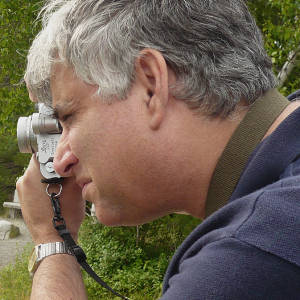Time Measured. Leitz Summicron 35mm V4
The subject of Beethoven's metronome came up this last week, so I decided to pose my one of lo these past 50-odd years for a portrait.
Ludwig van Beethoven was given a metronome in about 1817 by its inventor, a brilliant yet dishonest character called Maelzel. Beethoven was commissioned to compose a piece, Wellington's Victory Symphony, marking Napoleon's defeat at Waterloo. The music was to be incorporated in a music box made by Maelzel. Beethoven never received payment and subsequently took Maelzel to court. There is speculation that the metronome was a peace offering - and also a shrewd business move. Beethoven was at the height of his musical fame in Vienna by this time, and he was very taken with the idea of being able to mark the tempi he intended for his symphonies in more precise measure than merely, Allegro, Adagio or Lento, the usual Italian terms in use then as now.
For many years, there has been a concensus of opinion amongst musicians and conductors that the markings given by Beethoven were impossibly fast. The metronome had to have been broken, that Beethoven, in a fit of rage - to which he was oft-given - had hurled the hapless time-keeper across the room, and it had lost its lower pendulum weight. The arguments for and against have raged back and forth for decades. The metronome survives, albeit missing its lower weight. The funny part is how similar my German machine from the 1970s looks to Maelzel's original.
I have a dear friend who is the violist in a Toronto-based string quartet: The Eyblers. They embarked on a project a few years ago to prove that the metronome was accurate, and these almost impossibly fast tempi are what Beethoven intended. They have recorded all of the Opus 18 set, and, to my ear, they have a case; the tempi are musically convincing.

Comments
Sign in or get an account to comment.


